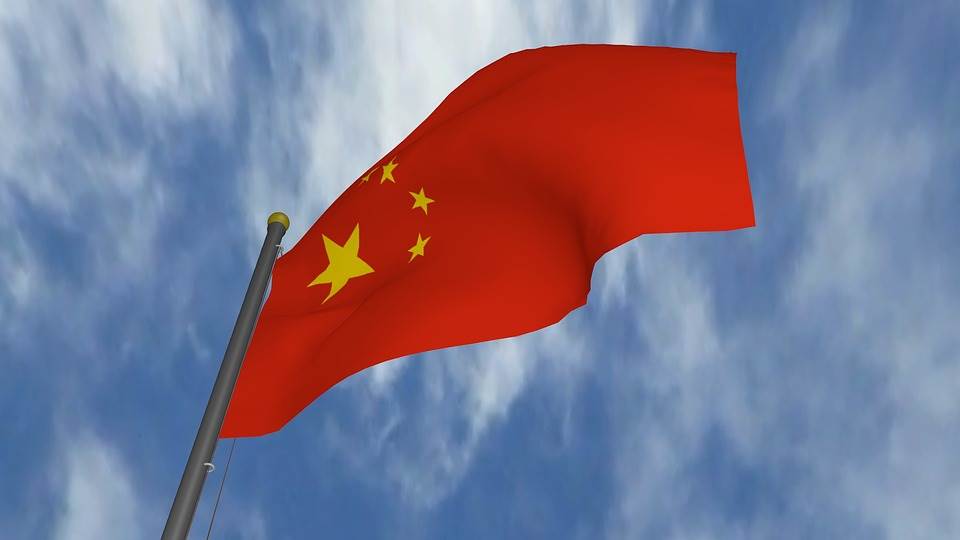 Data released in China over the weekend stunned analysts and traders by showing that the country’s Purchasing Managers’ Index (PMI) for November registered at 50.2, its highest level since March. The reading marked an increase since October’s reading despite expectations for a decline. According to Caixin and HIS Marking, the pace of improvement was the country’s strongest since December 2016. China’s PMI in October was 49.3. November’s positive data comes after China’s economic growth in Q3 219 slowed to near thirty-year lows.
Data released in China over the weekend stunned analysts and traders by showing that the country’s Purchasing Managers’ Index (PMI) for November registered at 50.2, its highest level since March. The reading marked an increase since October’s reading despite expectations for a decline. According to Caixin and HIS Marking, the pace of improvement was the country’s strongest since December 2016. China’s PMI in October was 49.3. November’s positive data comes after China’s economic growth in Q3 219 slowed to near thirty-year lows.
PMI readings higher than 50 are a clear sign of a country’s economic expansion, while readings below the 50 level are a sign of contraction. The data was surprising in light of the long, drawn-out trade war between the United States and China which has threatened the Chinese economy and prompted expectations for reduced demand of Chinese products.
On Sunday, the governor of China’s central bank, Yi Gang, commented in a signed article that the People’s Bank of China will not embark upon quantitative easing policies even as many of the world’s major economies are nearing zero interest rates.
“We should not let the money held by the Chinese people become worthless... Maintaining positive interest rates and upward-inclined yield curve is generally conducive to the economic entities, and in line with the Chinese people’s saving culture, thus beneficial to the sustainable development of the economy,” said Yi in the article which was published by Qiushi, the leading Communist Part theoretical journal. Yi commented that his penchant against quantitative easing would remain firm as long as economic growth remains within a reasonable range and inflation remains under control.
In the United States, signs of economic stagnation were called into question over the weekend after Black Friday sales fell 6.2 percent from last year. Thanksgiving purchases increased by 2.3 percent since last year, but the rise was hardly enough to counter the weak Black Friday sales. Analysts are quick to point out, however, that despite disappointing numbers on one of the biggest shopping days of the year, it is too early to see whether consumers are truly cutting back on purchases or are spreading out their shopping this year.
Market Movements
Global markets reacted strongly to China’s positive data, with the safe-haven yen falling to six-month lows on the news. The U.S. dollar was up 0.11 percent as of 3:22 p.m. HK/SIN to 109.63 after hitting a high of 109.72 earlier in the session. Gold, another safe-haven asset, was down 0.52 percent in the mid afternoon in Asia, with futures trading at $1,465.00 per ounce. Silver futures were 0.64 percent lower, trading at $16.86 per ounce.
Oil futures were higher on Monday, prompted by China’s positive data which hinted to increasing demand. Also boosting prices are expectations that OPEC will expand its production cuts at its upcoming meeting this week. U.S. WTI futures surged 1.43 percent to $55.96 per barrel, while Brent crude futures were up 1.12 percent to $61.17 per barrel.
